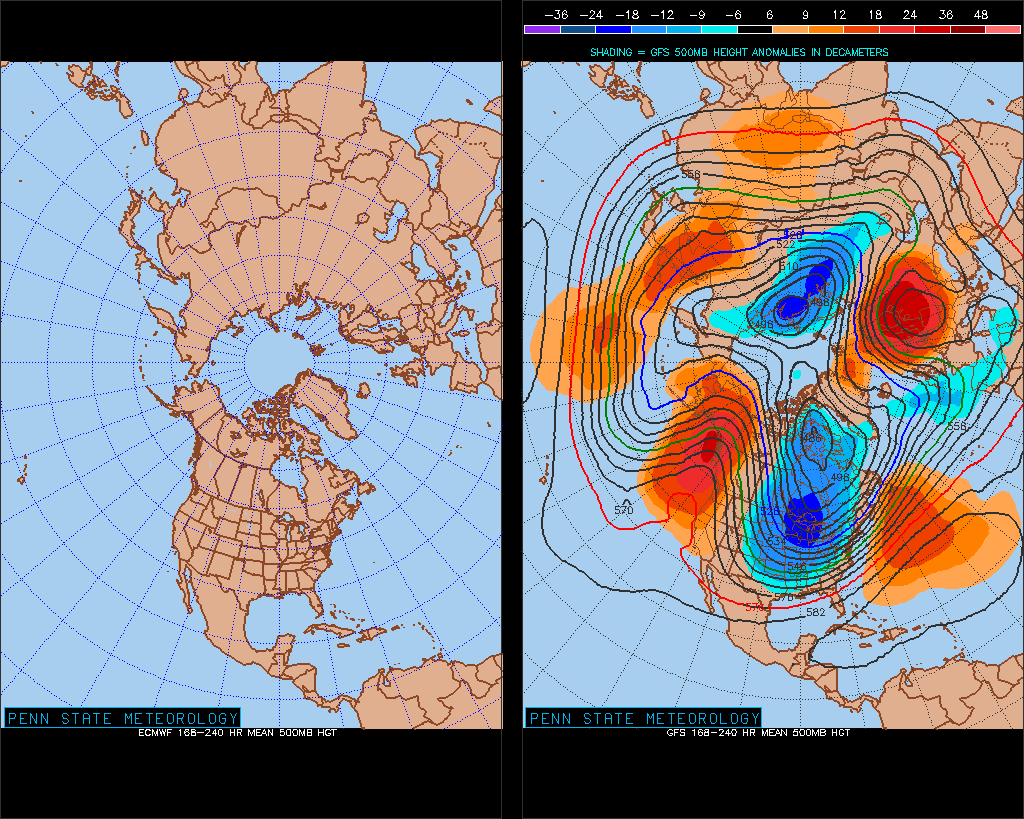Wednesday, March 27, 2013
Regolith -- Silicate Mineral Weathering
All diagrams are from the excellent :
Regolith Geology and Geomorphology
G. Taylor, R. A. Eggleton, Richard A.. Eggleton
John Wiley & Sons, Aug 30, 2001
Sunday, March 17, 2013
Prescribed Fire at Mason Farm
North Carolina Botanical Garden volunteer "Firebugs" conducted a controlled burn at Mason Farm last friday (March 15th) through the forest and two fields. On Sunday an old log was still smoldering in the forest, while green grass leaves were already appearing from the charred field!
Biogenic VOC emissions
Trees and natural vegetation release air pollutants (biogenic), just like people (anthropogenic).
Figure from a great website by Dr. Wilson from Duke University, with lots of information.
The overall amount of this pollution can be modelled:
Figure from a great website by Dr. Wilson from Duke University, with lots of information.
The overall amount of this pollution can be modelled:
Its important to put this into perspective: human (anthropogenic) emissions of VOCs can be 40 times greater than the highest modelled biogenic emissions. But the compounds plants produce may be more effective in generating hazardous compound Ozone. Atmospheric chemistry is complex, and it is ironic that the highest biogenic pollution emissions occur in the same areas that high anthropogenic pollution also occurs, compounding the problem.
Friday, March 15, 2013
Friday, March 01, 2013
Water Year
Now that it is March and the winter rains are almost finished, let's look at who got what. The West remains in a deep drought.

The Weather Channel notes that February upper-level (jet stream) synoptic pattern brought very cold air to the Eastern U.S.

Looking ahead to May, they predict that the continuing drought in the Western Plains will continue and set up a feedback loop: drier surface conditions will create a bubble of high pressure air that will in turn influence the average track of the jet stream, pushing storms north of the rain-starved regions. This is just one possibility, however, and even then only reflects average conditions.

Subscribe to:
Posts (Atom)



.jpg)





